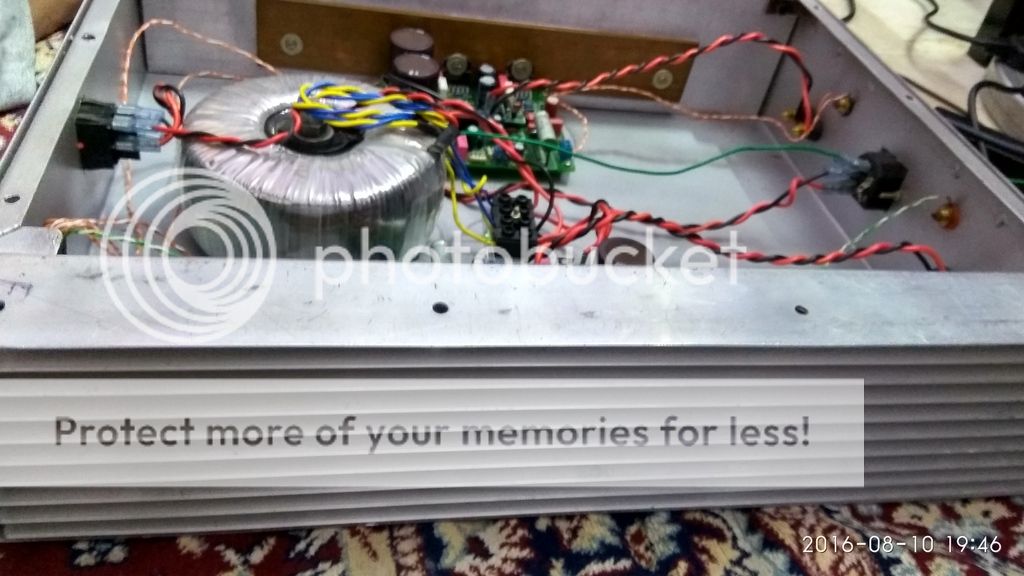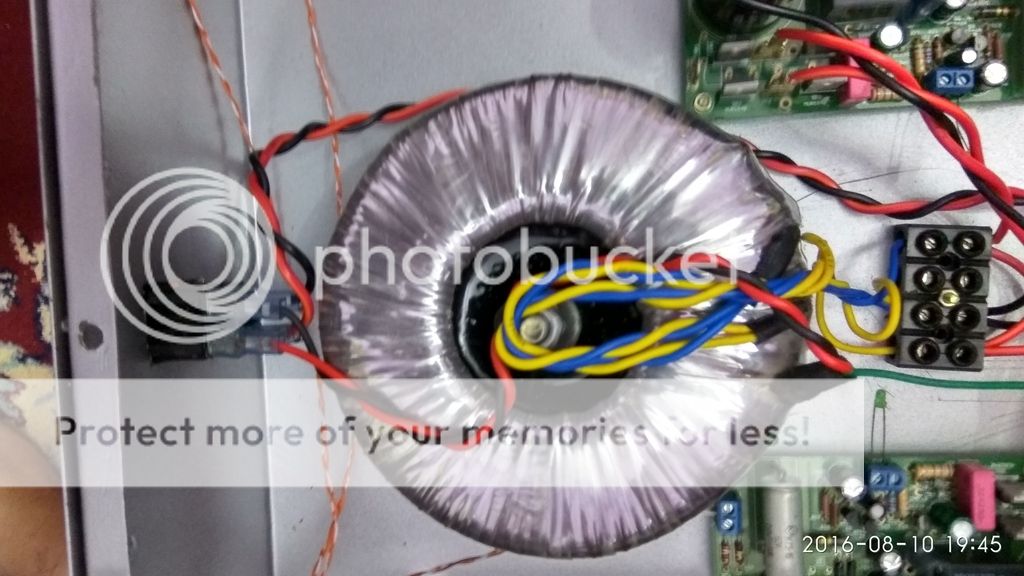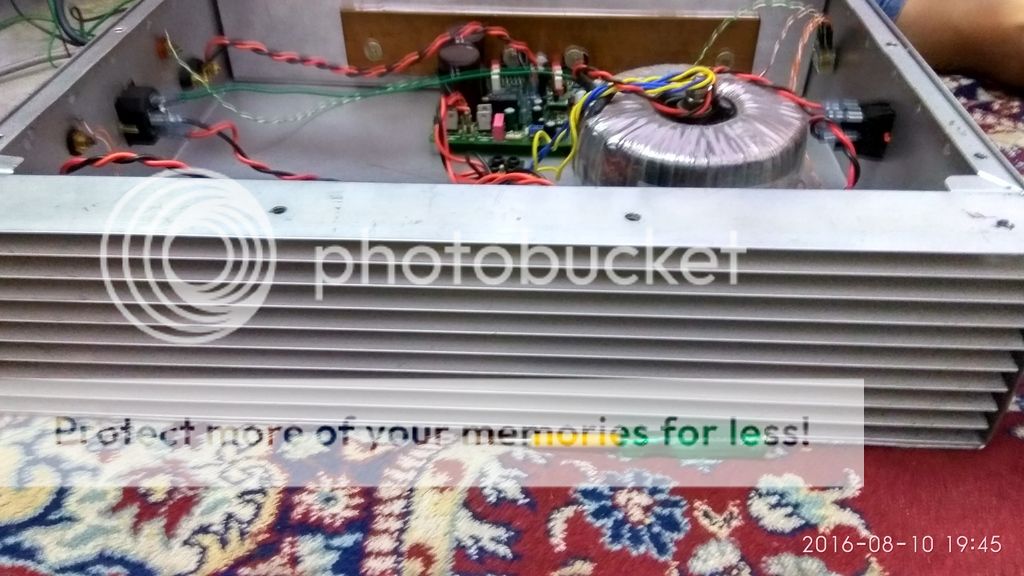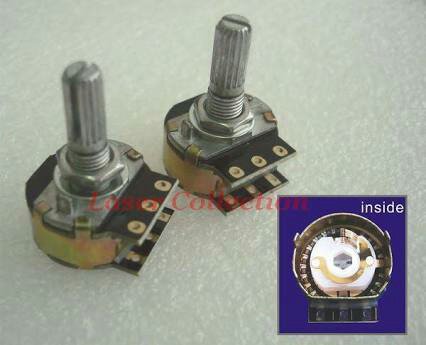Hi Everyone
fitted the boards in a chassis, now amp is singing well and has the most detailed SQ I have ever heard.
I couldn't do better than this with my experience and in budget I allotted for chassis. For me it is the best I have done in all previous cab's.
Wiring is crude I will make it better with zip locks when i get them on hand.
I am thinking to upgrade the internal signal wire with shielded one. will also try to add a wood/acrylic Face plate
Few more upgrades I am thinking to add a remote volume control with ALPS RK27(10K) (Blue-Velvet) Currently I am using a 10K Stepped Potentiometer with SMD resistance inside, I am afraid if I will degrade the SQ by switching from Stepped to ALPS, Could someone shed some light on this.
I want to thank Linuxguru and all the FM's helped me
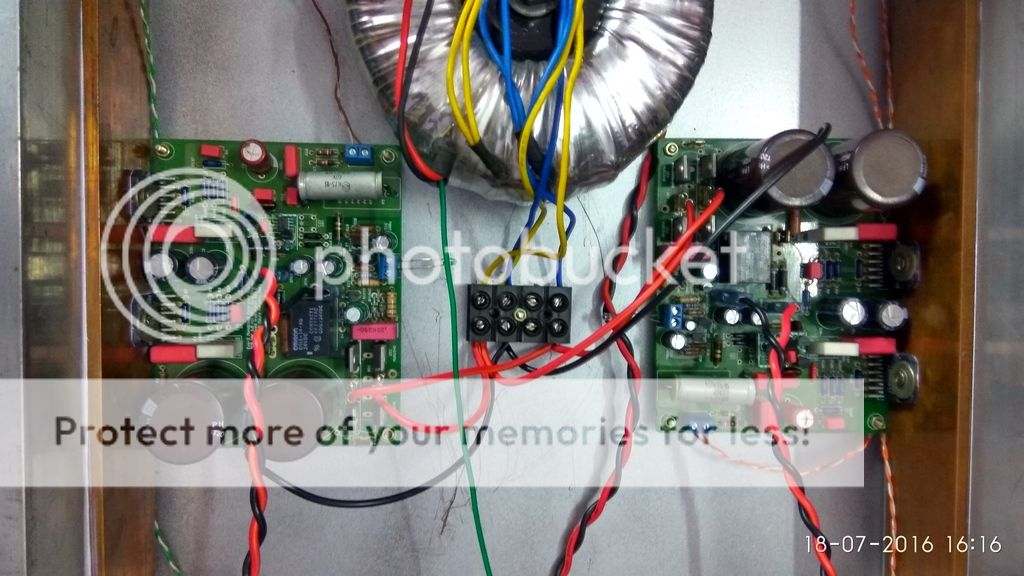
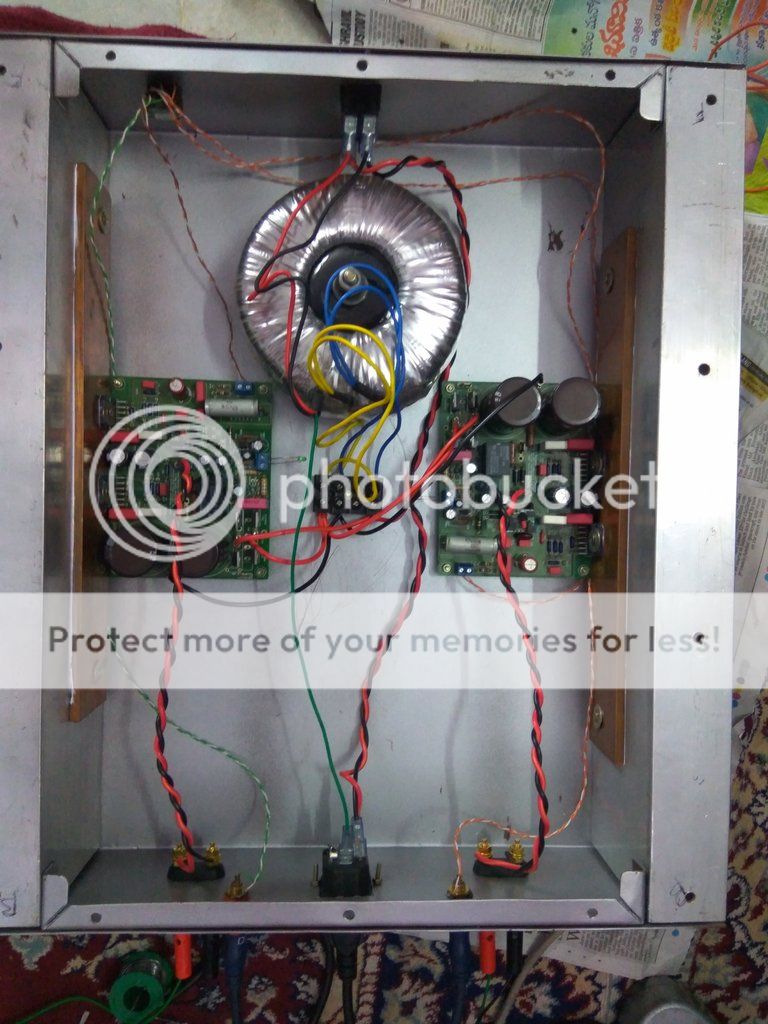
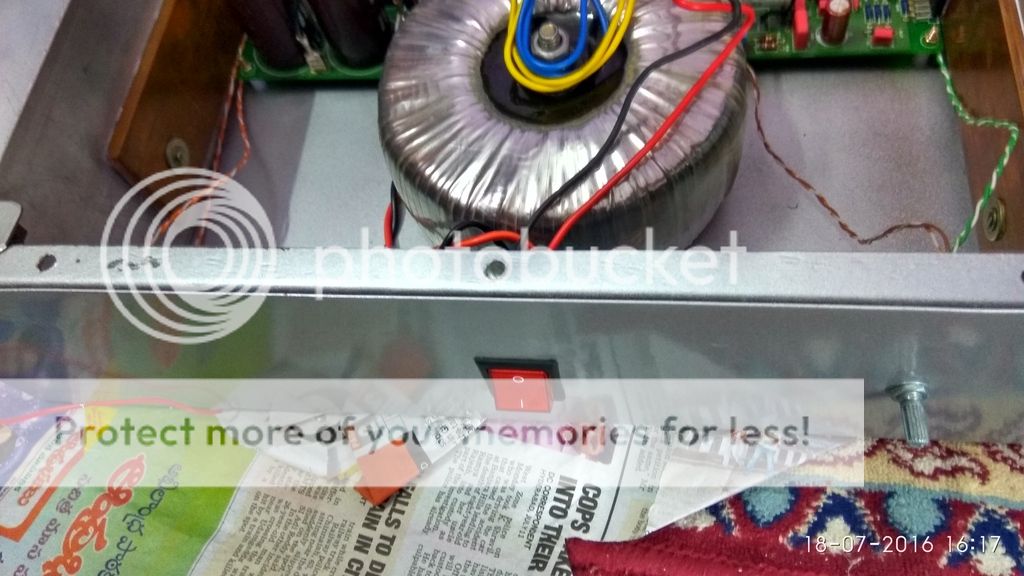
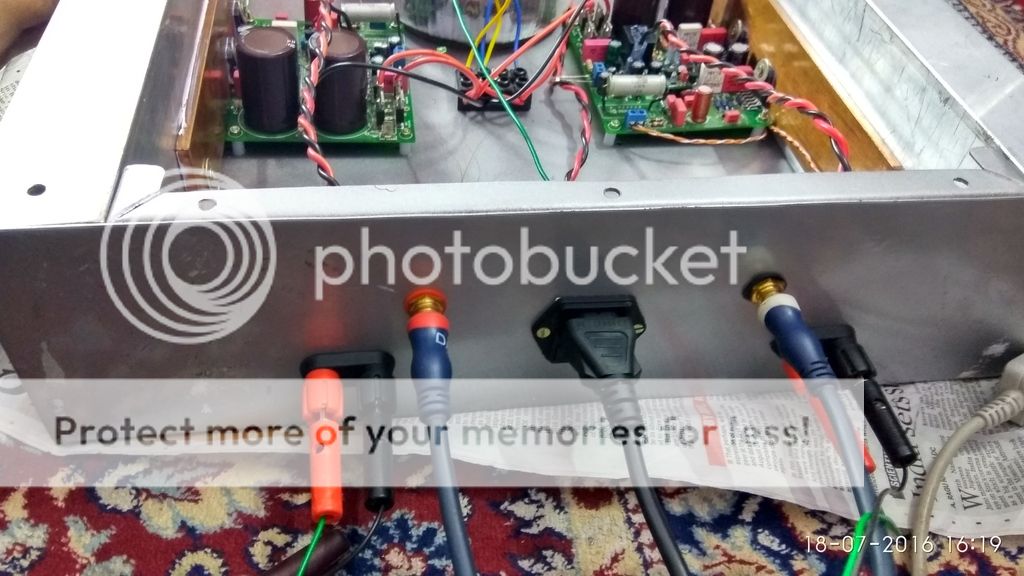
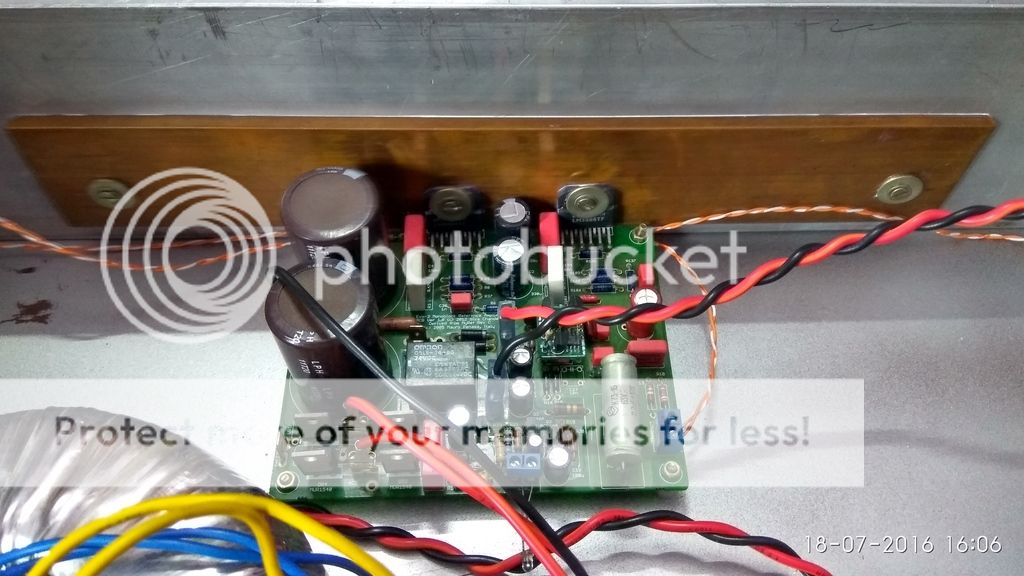
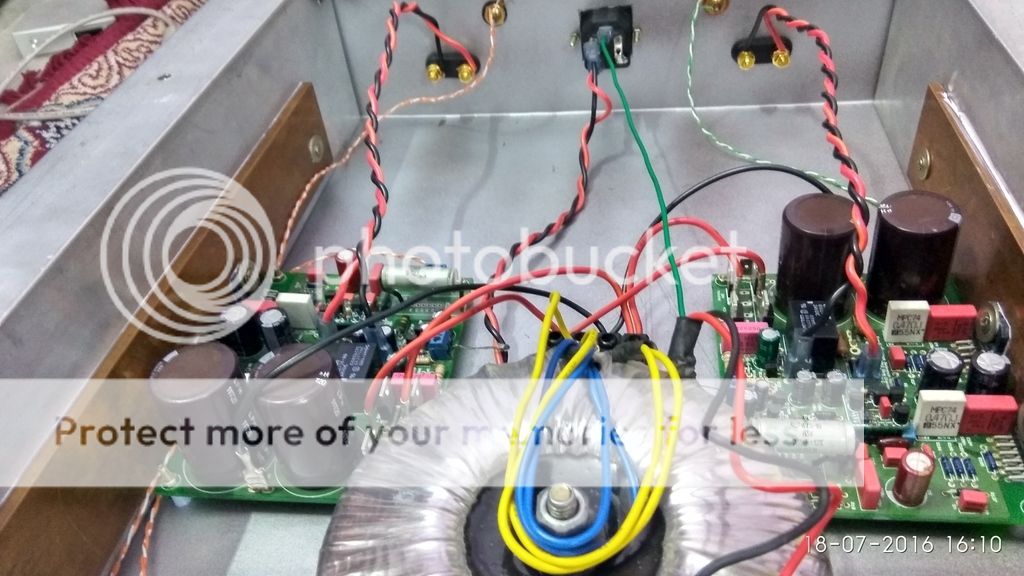
fitted the boards in a chassis, now amp is singing well and has the most detailed SQ I have ever heard.
I couldn't do better than this with my experience and in budget I allotted for chassis. For me it is the best I have done in all previous cab's.
Wiring is crude I will make it better with zip locks when i get them on hand.
I am thinking to upgrade the internal signal wire with shielded one. will also try to add a wood/acrylic Face plate
Few more upgrades I am thinking to add a remote volume control with ALPS RK27(10K) (Blue-Velvet) Currently I am using a 10K Stepped Potentiometer with SMD resistance inside, I am afraid if I will degrade the SQ by switching from Stepped to ALPS, Could someone shed some light on this.
I want to thank Linuxguru and all the FM's helped me






Last edited:


